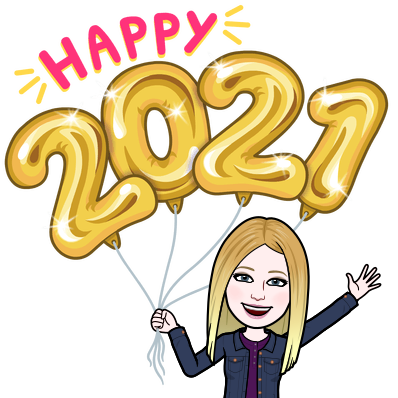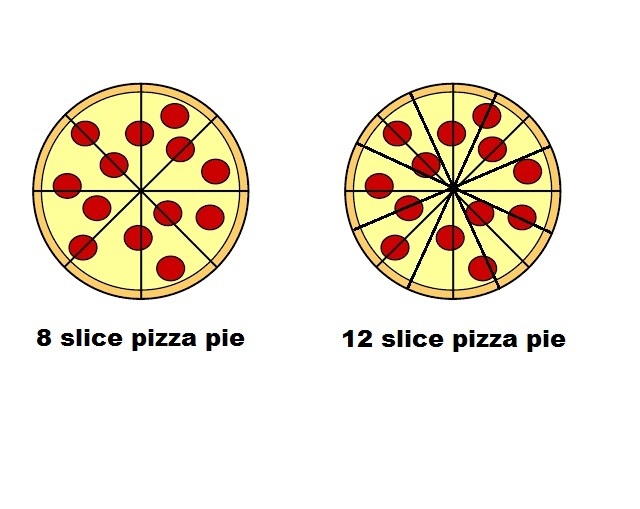Two days before our school shuttered their brick and mortar doors we were told at an instructional team meeting, “The schools will likely close for 2 weeks. We will assign student work for those two weeks and then continue on from where we left off. These two weeks may not include new learning.”
Whatever horrors Covid-19 was causing around the globe, none of us really anticipated the long-term impact it would have on teaching and learning. Perhaps I misspeak, maybe the more accurate truth is that I absolutely did not imagine a world where my classroom and my students would be physically off limits for the foreseeable future.
During the first week into Quarantine, I sent messages to my students to say hello and checked in on their families via email and through our LSM, Google Classroom. In addition, I served as both a mom and a teacher to my 5 and 8 year old girls. I jumped on Google Meets to chat with students who had questions about the mandatory (but not idea) two weeks worth of work. To all of you with toddlers or babies who had to do this, my hat is off to you!
In piecemeal fashion it came to our attention that we might not be able to return to our buildings in another week as it had first been anticipated. As we learned more about the virus and its serious impact on the health of our world, the severity of the pandemic made its mark, especially on my New York neighbors. As a school district, we collectively recognized that an end date could not be anticipated to this school quarantine situation. I can only speak for me, but I went from, “oh my gosh 2 whole weeks away from my students to, oh my gosh, how do I teach effectively in an online environment for a few more weeks to, oh my gosh, how will I keep my connection to my students and their connections to each other in this new and unexpected situation that has no end in sight?”
Teacher to student and student to student connection in education is vital. Like so many of my dedicated educator friends and colleagues, I began submerging myself into webinars on the many free (sadly, but understandably, for a limited time) technology options for educators. If there was a tool brought to my attention and it could be used in a math context, I investigated. This meant a dive into the following platforms: Loom, Kami, Flipgrid, Google Forms, Classkick, Nearpod, Peardeck, Educreations, Desmos (a long-time user already), whiteboard.fi, Jamboard, all things Google Meet, Bimoji, Quizziz, Assistments, and others I am certainly forgetting as I type this reflection. Working 17 hour days to prepare lessons was the average, and I couldn’t wait to get back to the classroom where I could be with my math peeps again.
Kyle Pearce and Jon Orr encourage us to be better curators. I certainly was not decisive enough at this time, sending one platform out to my students after another to see what worked and what did not. Thank goodness my students were amazing sports and game to try whatever I sent their way. Eventually, I gravitated to a few favorite tools, one of them being Loom. As great as it is to have some consistency, this too came with challenges. Creating a Loom voice over became an all encompassing event, and hundreds were created during the quarantine.
Allow me to provide a sampling of anecdotes to the numerous challenges of recording a voice over component in a small home with a family. In one memorable recording session, I was almost done and my youngest daughter loudly announced, “I have to use the potty!” In a separate Loom attempt, my dog, who rarely makes a noise, howled randomly, and in another, my husband did not realize I was recording, and entered the house with our two girls singing loudly about sharks. When something like this happened, that particular recording had to get scrapped. It would often take me 9 or more attempts to get one Loom presentation done because of issues like this and also, because my internet connection would fail, but the internet connection is a whole other issue…
As I searched for tips from brilliant educators around the world, I studied their work spaces. I glanced at elaborate classroom-like backgrounds that educators were expertly forming in their homes. The images I studies were downright inspiring, but the only space I had to create a workstation was at my daughter’s toddler table in the basement. My students got a kick out of the Barbie Dream House in the background.
Regardless of what tools I used, my main goal (other than keeping the math thinking and investigating in check) was my student’s social and emotional well being. We were all suffering in our own ways, but collectively, we were a society grieving over the loss of shared time and space. Arguably, when schools moved to a virtual set up, what we all grieved over the most was that loss of socialization in the classroom. I tried purposeful activities to try to maintain a connection with my students and to each other in any way possible, including number talks, three act tasks, and Desmos activities, but they just weren’t the same.
During synchronous sessions, several of my students would enhance our experience with their humor and perpetuated our classroom dynamic in the Google Chat. The jokes and witty responses continued, even when students’ microphones were muted. My intervention groups were small, so we were able to participate in discourse as if we were together in many instances during our time together, and it was wonderful. Was it as effective as it was when we were physically together? No. Many students elected to turn their cameras off, which I really disliked. I often felt like I was talking to myself when staring at inanimate icons instead of familiar faces. Because every household had different noise in the background, the rule for the school was to keep the microphones muted unless asked to speak. That situation is absolutely not the status quo of my in-classroom culture. Yeap Ban Har jokes that a quiet classroom is suspicious. Imagine the addition of faceless students plus those muted microphones and you can envision that suspicious situation amp itself up.
I am not going to pretend that my live sessions were perfect and being of a growth mindset know I can and must do better for all students who choose a 100% virtual situation for this upcoming school year. In addition, regardless of the model of school we begin with this year, there is no guarantee of where we will end up. We can all end up back 100% virtual in a moment’s notice, it happened before and we now know it can and likely will happen again. I want us all to feel like we (teachers, students, parents) have some control in education in a world where overall control is sorely lacking.
This entry is really an invitation, a plea to all educators, parents, students, etc. to share what platforms and techniques worked to keep that connection alive during the virtual experience. Please reach out to me and share out any tips, tricks, lessons, methods, etc. that keep the student-student-teacher connection alive and thriving during this time. We have been and continue to all be in this less than ideal situation together. With that in mind, how can we all be in this together for the better?


